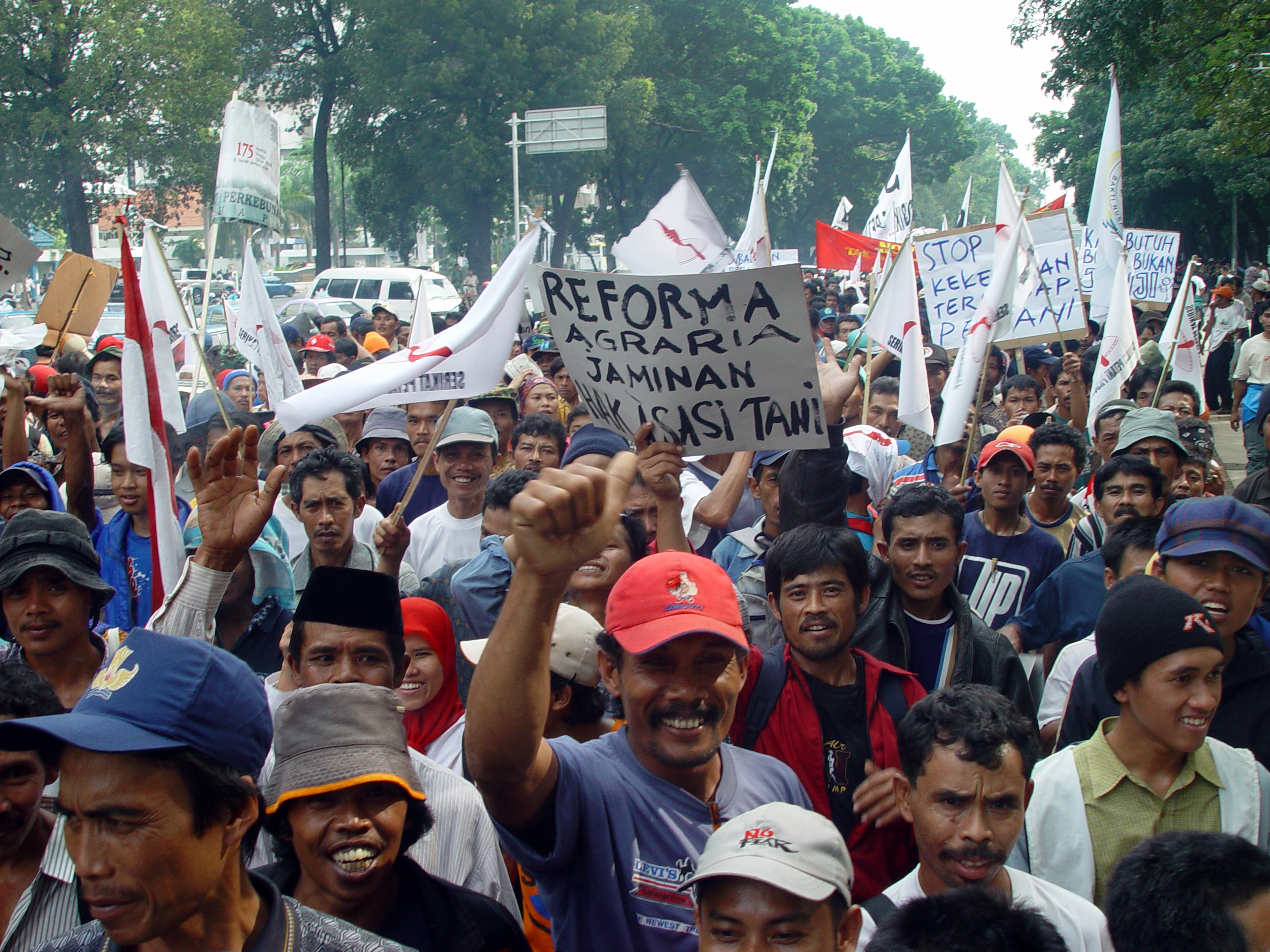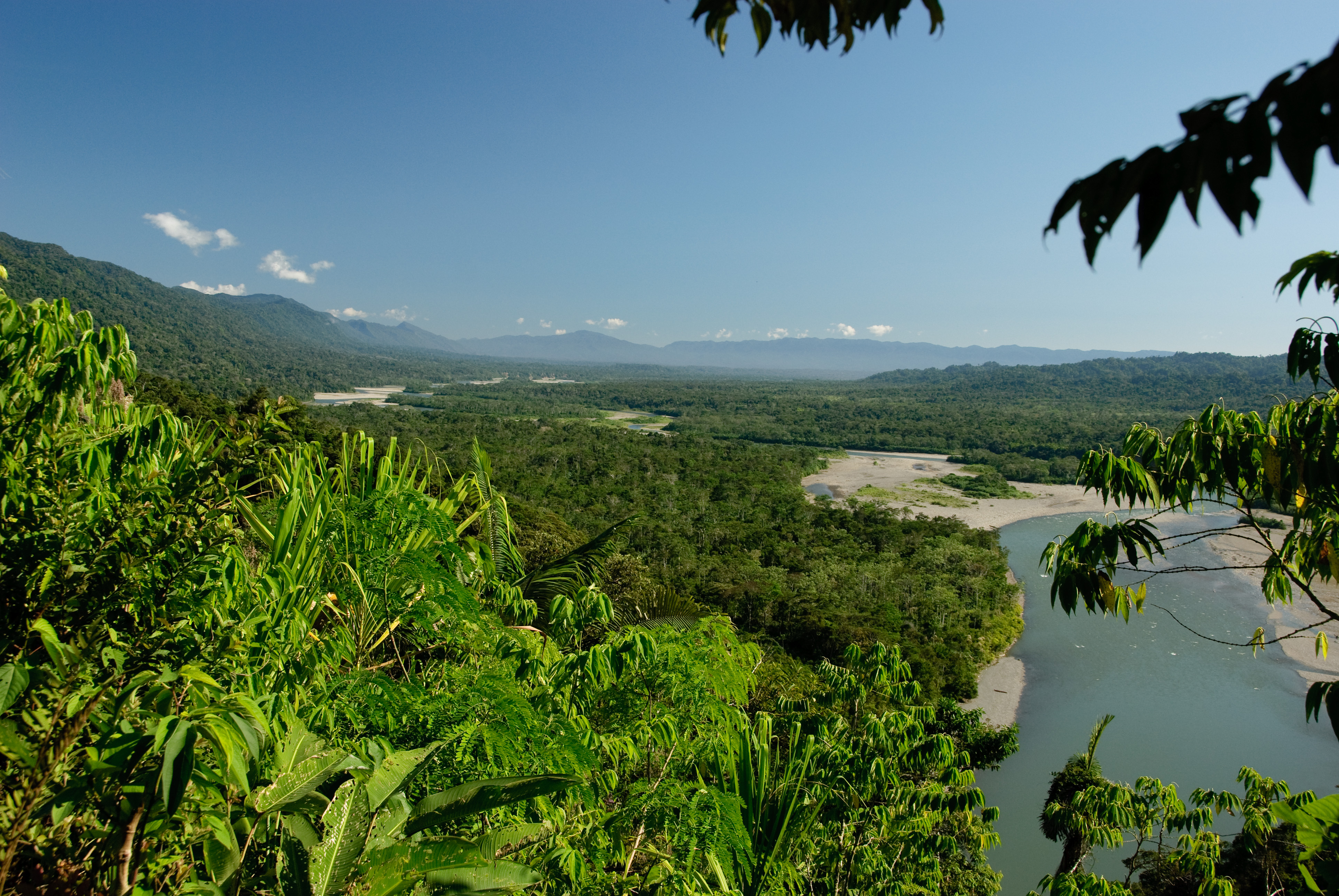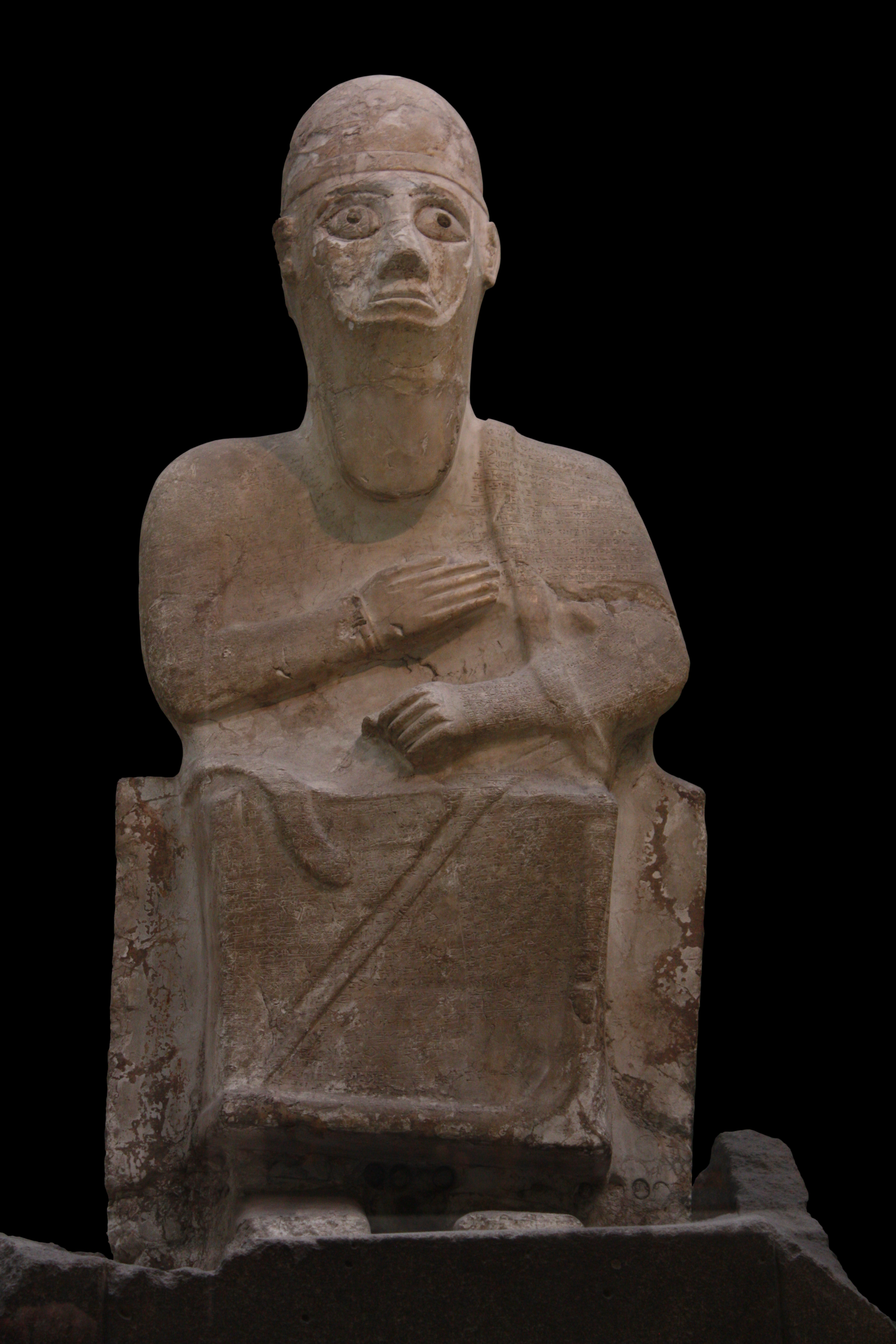|
Debt-bondage
Debt bondage, also known as debt slavery, bonded labour, or peonage, is the pledge of a person's services as security for the repayment for a debt or other obligation. Where the terms of the repayment are not clearly or reasonably stated, or where the debt is excessively large, the person who holds the debt has thus some control over the laborer, whose freedom depends on the undefined or excessive debt repayment. The services required to repay the debt may be undefined, and the services' duration may be undefined, thus allowing the person supposedly owed the debt to demand services indefinitely. Debt bondage can be passed on from generation to generation. In 2021, the International Labour Organization estimated that, of the 27.6 million people currently participating in forced labour, 20.9%, or about 5.8 million, were in debt bondage. Debt bondage has been described by the United Nations as a form of "modern day slavery", and the Supplementary Convention on the Abolition of Slave ... [...More Info...] [...Related Items...] OR: [Wikipedia] [Google] [Baidu] |
Forced Labour
Forced labour, or unfree labour, is any work relation, especially in modern or early modern history, in which people are employed against their will with the threat of destitution, detention, or violence, including death or other forms of extreme hardship to either themselves or members of their families. Unfree labour includes all forms of slavery, penal labour, and the corresponding institutions, such as debt slavery, serfdom, corvée and labour camps. Definition Many forms of unfree labour are also covered by the term forced labour, which is defined by the International Labour Organization (ILO) as all involuntary work or service exacted under the menace of a penalty.Andrees and Belser, "Forced labor: Coercion and exploitation in the private economy", 2009. Rienner and ILO. However, under the ILO Forced Labour Convention of 1930, the term forced or compulsory labour does not include: *"any work or service exacted in virtue of compulsory military service laws for w ... [...More Info...] [...Related Items...] OR: [Wikipedia] [Google] [Baidu] |
Slavery
Slavery is the ownership of a person as property, especially in regards to their labour. Slavery typically involves compulsory work, with the slave's location of work and residence dictated by the party that holds them in bondage. Enslavement is the placement of a person into slavery, and the person is called a slave or an enslaved person (see ). Many historical cases of enslavement occurred as a result of breaking the law, becoming indebted, suffering a military defeat, or exploitation for cheaper labor; other forms of slavery were instituted along demographic lines such as race or sex. Slaves would be kept in bondage for life, or for a fixed period of time after which they would be granted freedom. Although slavery is usually involuntary and involves coercion, there are also cases where people voluntarily enter into slavery to pay a debt or earn money due to poverty. In the course of human history, slavery was a typical feature of civilization, and existed in most socie ... [...More Info...] [...Related Items...] OR: [Wikipedia] [Google] [Baidu] |
Forced Labor
Forced labour, or unfree labour, is any work relation, especially in modern or early modern history, in which people are employed against their will with the threat of destitution, detention, or violence, including death or other forms of extreme hardship to either themselves or members of their families. Unfree labour includes all forms of slavery, penal labour, and the corresponding institutions, such as debt slavery, serfdom, corvée and labour camps. Definition Many forms of unfree labour are also covered by the term forced labour, which is defined by the International Labour Organization (ILO) as all involuntary work or service exacted under the menace of a penalty.Andrees and Belser, "Forced labor: Coercion and exploitation in the private economy", 2009. Rienner and ILO. However, under the ILO Forced Labour Convention of 1930, the term forced or compulsory labour does not include: *"any work or service exacted in virtue of compulsory military service laws for w ... [...More Info...] [...Related Items...] OR: [Wikipedia] [Google] [Baidu] |
Peon
Peon (English language, English , from the Spanish language, Spanish ''wikt:peón#Spanish, peón'' ) usually refers to a person subject to peonage: any form of wage labor, financial exploitation, coercive economic practice, or policy in which the victim or a laborer (peon) has little control over employment or economic conditions. Peon and peonage can refer to both the History of Latin America#Colonial Era, colonial period and post-colonial period of Latin America, as well as the period after the end of slavery in the United States, when "Black Codes (United States), Black Codes" were passed to retain African-American freedmen as labor through other means. Usage In English, ''peon'' (Doublet (linguistics), doublet of ''Pawn (chess), pawn'') and ''peonage'' have meanings related to their Spanish etymology (foot soldier); a ''peon'' may be defined as a person with little authority, often assigned unskilled tasks; an underling or any person subjected to capricious or unreasonable R ... [...More Info...] [...Related Items...] OR: [Wikipedia] [Google] [Baidu] |
Land Reform
Land reform (also known as agrarian reform) involves the changing of laws, regulations, or customs regarding land ownership, land use, and land transfers. The reforms may be initiated by governments, by interested groups, or by revolution. Land reform is often considered a contentious process, as land is a key driver of a wide range of social, political and economic outcomes. The structure and distribution of land rights has been linked to state formation, economic growth, inequality, political violence, and identity politics, making land reform highly consequential for the long-term structures of society. Overview Land reform may consist of a government-initiated or government-backed property redistribution, generally of agricultural land. Land reform can, therefore, refer to transfer of ownership from the more powerful to the less powerful, such as from a relatively small number of wealthy or noble owners with extensive land holdings (e.g., plantations, large ranches, or ... [...More Info...] [...Related Items...] OR: [Wikipedia] [Google] [Baidu] |
Peruvian Amazonia
Peruvian Amazonia (), informally known locally as the Peruvian jungle () or just the jungle (), is the area of the Amazon rainforest in Peru, east of the Andes and Peru's borders with Ecuador, Colombia, Brazil, and Bolivia. Peru has the second-largest portion of the Amazon rainforest after the Amazônia Legal, Brazilian Amazon. Extension Most Peruvian territory is covered by dense forests on the east side of the Andes, yet only 5% of Peruvians live in this area. More than 60% of Peruvian territory is covered by the Amazon rainforest, more than in any other country. According to the Research Institute of the Peruvian Amazon (''Instituto de Investigaciones de la Amazonía Peruana'', IIAP), the spatial delineation of the Peruvian Amazon is as follows: * Ecological criteria: 782,880.55 km2 (60.91% of Peruvian territory and approximately 11.05% of the entire Amazon jungle). * Hydrography, Hydrographic criteria or basin criteria: (75.31% of Peruvian territory and approximately ... [...More Info...] [...Related Items...] OR: [Wikipedia] [Google] [Baidu] |
Urarina
The Urarina are an indigenous people of the Peruvian Amazon Basin (Loreto (Department of Peru), Loreto) who inhabit the valleys of the Chambira, Urituyacu, and Corrientes Rivers. According to both archaeological and historical sources, they have resided in the Chambira Basin of contemporary northeastern Peru for centuries. The Urarina refer to themselves as ''Kachá'' (lit. "person"), while ethnologists know them by the ethnonym Urarina. The local vernacular term for the Urarina is ''Shimaku'', which is considered by the Urarina to be pejorative, as it is a Quechua term meaning "unreliable". The ethnonym "Urarina" may be from Quechua languages, Quechua--''uray'' meaning below, and ''rina'' referring to ''runa'', or ''people''. Urarina is rendered in Quechua as ''uray-runa'' or ''people from below'' or ''down stream people''. Society and culture Urarina society and culture have been given little attention in the burgeoning ethnographic literature of the region, and only sporadic r ... [...More Info...] [...Related Items...] OR: [Wikipedia] [Google] [Baidu] |
Ancient Near East
The ancient Near East was home to many cradles of civilization, spanning Mesopotamia, Egypt, Iran (or Persia), Anatolia and the Armenian highlands, the Levant, and the Arabian Peninsula. As such, the fields of ancient Near East studies and Near Eastern archaeology are one of the most prominent with regard to research in the realm of ancient history. Historically, the Near East denoted an area roughly encompassing the centre of West Asia, having been focused on the lands between Greece and Egypt in the west and Iran in the east. It therefore largely corresponds with the modern-day geopolitical concept of the Middle East. The history of the ancient Near East begins with the rise of Sumer in the 4th millennium BC, though the date that it ends is a subject of debate among scholars; the term covers the region's developments in the Bronze Age and the Iron Age, and is variously considered to end with either the establishment of the Achaemenid Empire in the 6th century BC, the establi ... [...More Info...] [...Related Items...] OR: [Wikipedia] [Google] [Baidu] |
Serf
Serfdom was the status of many peasants under feudalism, specifically relating to manorialism and similar systems. It was a condition of debt bondage and indentured servitude with similarities to and differences from slavery. It developed during late antiquity and the Early Middle Ages in Europe and lasted in some countries until the mid-19th century. Unlike slaves, serfs could not be bought, sold, or traded individually, though they could, depending on the area, be sold together with land. Actual slaves, such as the kholops in Russia, could, by contrast, be traded like regular slaves, abused with no rights over their own bodies, could not leave the land they were bound to, and marry only with their lord's permission. Serfs who occupied a plot of land were required to work for the lord of the manor who owned that land. In return, they were entitled to protection, justice, and the right to cultivate certain fields within the manor to maintain their own subsistence. Serfs wer ... [...More Info...] [...Related Items...] OR: [Wikipedia] [Google] [Baidu] |
Vagrancy
Vagrancy is the condition of wandering homelessness without regular employment or income. Vagrants usually live in poverty and support themselves by travelling while engaging in begging, waste picker, scavenging, or petty theft. In Western countries, vagrancy was historically a crime punishable with forced labor, military service, imprisonment, or confinement to dedicated labor houses. Both ''vagrant'' and ''vagabond'' ultimately derive from the Latin word Wikt:vagari, ''vagari'', meaning "to wander". The term ''vagabond'' and its archaic equivalent ' come from Latin ''vagabundus'' ("strolling about"). In Middle English, ''vagabond'' originally denoted a person without a home or employment. Historical views Vagrants have been historically characterised as outsiders in settled, ordered communities: embodiments of Other (philosophy), otherness, objects of scorn or mistrust, or worthy recipients of help and charity. Some ancient sources show vagrants as passive objects of p ... [...More Info...] [...Related Items...] OR: [Wikipedia] [Google] [Baidu] |
Idrimi
Idrimi (meaning "It is my help") was the king of Alalakh c. 1490–1465 BC, or around 1450 BC. He is known, mainly, from an inscription on his statue found at Alalakh by Leonard Woolley in 1939.Longman III, Tremper, (1991)Fictional Akkadian Autobiography: A Generic and Comparative Study Eisenbraums, Winona Lake, Indiana, p. 60: "...discovered by Sir Leonard Woolley in 1939...Although found in the debris of Level IB (ca. 1200 B.C.), the statue was dated by most scholars back to Level IV (ca. 1500 B.C.)..." According to that inscription, he was a son of Ilim-Ilimma I the king of Halab, now Aleppo, who would have been deposed by the new regional master, Barattarna, king of Mitanni. Idrimi would have succeeded in gaining the throne of Alalakh with the assistance of a group known as the '' Habiru'', founding the kingdom of Mukish as a vassal to the Mitanni state. He also invaded the Hittite territories to the north, resulting in a treaty with the country Kizzuwatna. Jacob Lauing ... [...More Info...] [...Related Items...] OR: [Wikipedia] [Google] [Baidu] |










